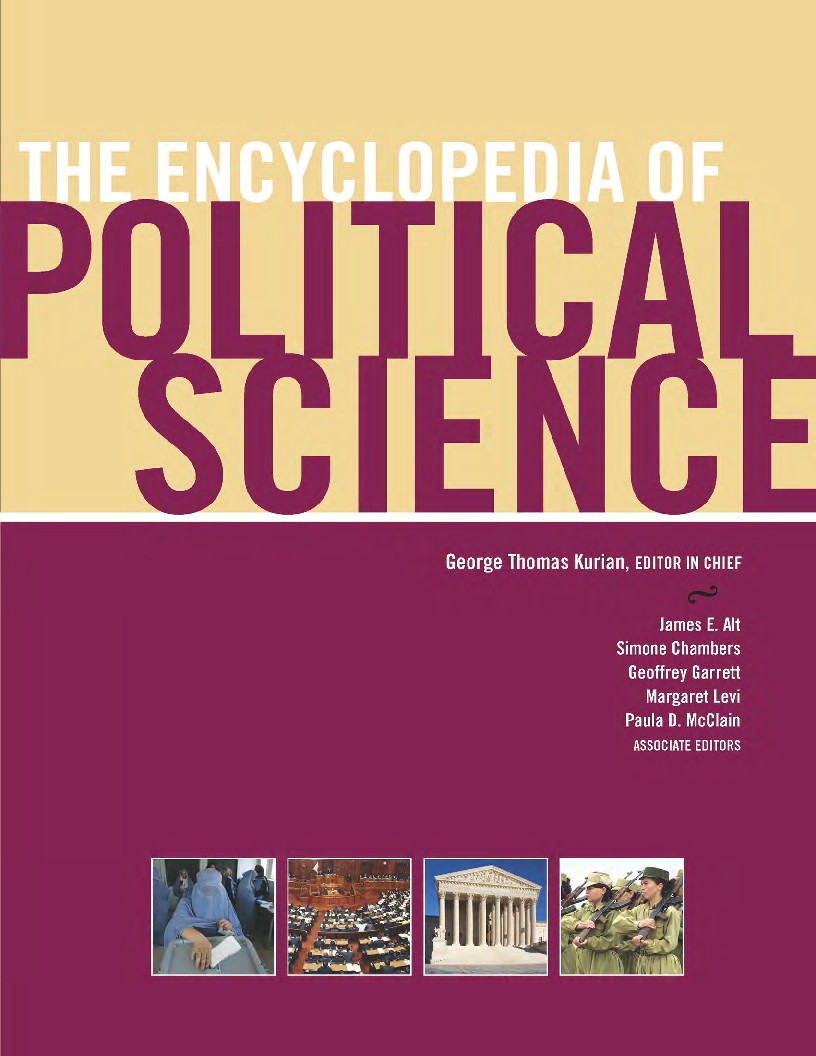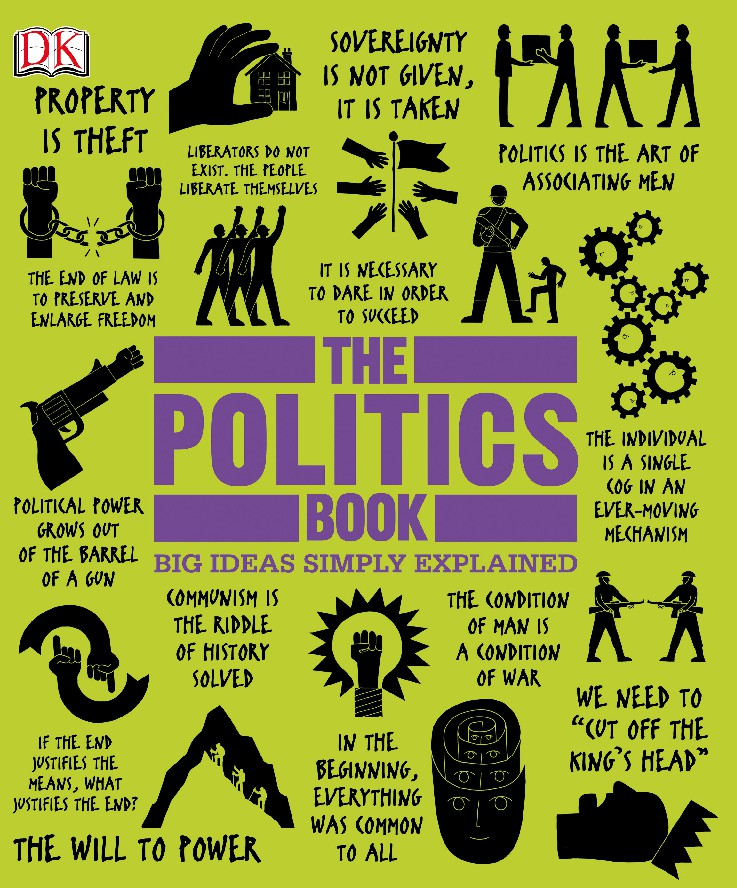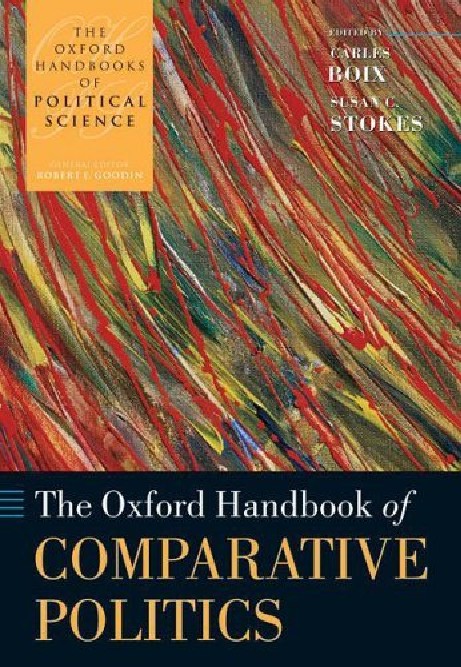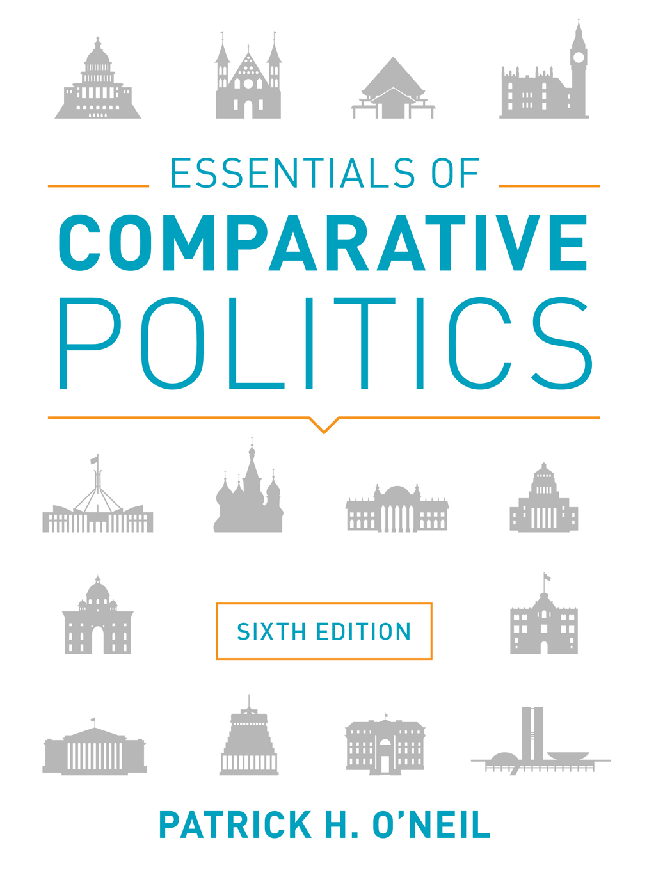Book Details
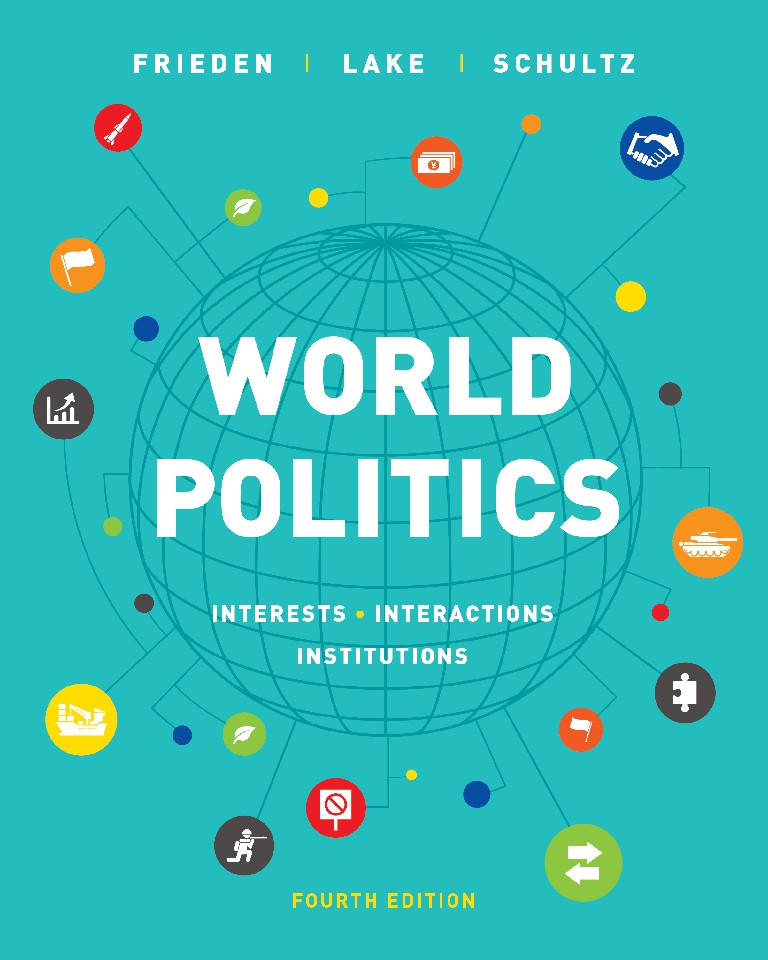
World Politics Interests, Interactions, Institutions 4th Ed
This book has five parts. The first part (Chapters 1 and 2) introduces the broad
patterns of conflict and cooperation in international history and lays out the text’s
framework. Part Two (Chapters 3 through 6) deals with the central puzzles in the
study of war and political violence:
• Given the human and material costs of military conflict, why do
countries sometimes wage war rather than resolve their disputes through
negotiations? (Chapter 3)
• What if there are actors within a country who see war as beneficial and who
expect to pay few or none of its costs? Do countries fight wars to satisfy
influential domestic interests? (Chapter 4)
• Why is it so hard for the international community to prevent and punish acts
of aggression among and within states? (Chapter 5)
• Why is so much political violence in the contemporary world conducted
by or against nonstate actors, including rebel groups and terrorist
organizations? Why do people sometimes use violence against their own
governments or unarmed civilians? (Chapter 6)
Author: Jeffry A. Frieden
Pages: 720
Issue By: Book Choice
Published: 2 years ago
Likes: 0
